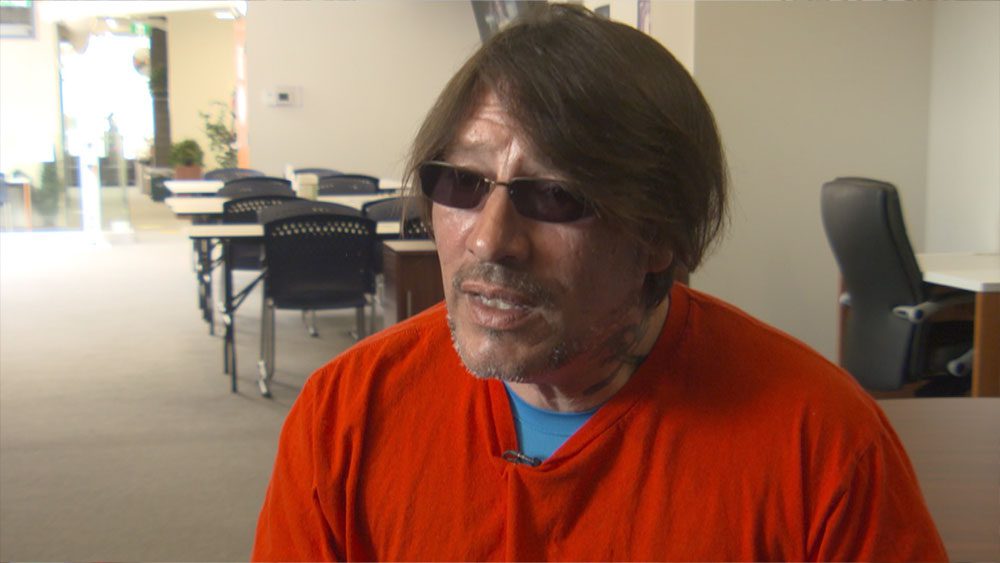For the past three years, Larry Simpson has been homeless. But that’s about to change. In July he moves into his own bachelor apartment.
“I would go by on the bus every day and I see them working on the building and I know it’s coming and it’s just going to be something that I’m not ever, ever going to leave,” he says.
For now, Simpson is living in a rooming house in Hamilton, Ont., about 45 minutes west of Toronto.
He’s getting support from the new drop-in service at the Hamilton Regional Indian Centre (HRIC) that just opened its doors during the first week of March.
It’s been a life-changer for Simpson who became homeless after losing his job and suffering a serious back injury.
Since that time he’s been couch surfing and living on the streets.
“Boy oh boy, I’ll tell you on some of the coldest nights I was in some, really, predicaments where I was covered up with bags and really keeping it, keeping it tight,” he tells APTN News.
“But the weather is so real and I prayed and I and I said to myself, ‘I will get out of this.’”

According to Audrey Davis, executive director of the HRIC, there’s a great need for housing and support programs, 23 per cent of the homeless population are Indigenous.
She says that’s why the City of Hamilton has dedicated 20 per cent of it homeless budget to the organization.
But Davis says it’s a drop in the bucket compared to the support that’s needed.
“Housing isn’t the root cause of Indigenous Peoples issues, that goes back to the historic traumas right in being able to get people in a place because they can’t get over their addictions, over their mental health concerns,” she says.
“They can’t stabilize in a job, they can’t have a healthy family life if they don’t have a roof over their head right.”
Along with housing and support programs, the drop-in offers three meals a day, and a safe space to connect with peers, culture, and community elders.
Sheryl Green is the program manager of the housing and homelessness supports and services department with the centre. She says they’ve helped to house 35 households, but it’s still not enough.
In spite of building relationships with the city’s housing program and developing partnerships with various other housing programs, there’s still a lot to do.
“We have been out there trying to increase partnerships, to increase availability to housing stock, but there’s absolutely not enough,” she says. “The housing crisis, which I’m sure is everywhere, not just in Hamilton, but that is the biggest barrier in us being able to support our clients.”
With so many challenges and barriers, Larry Simpson is very thankful to have a roof over his head.
“I can’t wait, I can’t wait,” he says. “I have a beautiful little cat named Suki, somebody’s taking care of her right now and I can’t wait to get her back, because you know, she’s a part of my mental health from something, that, we just have a great relationship, me and Suki.”
Until then, Simpson said his focus will be on going to the gym to help rehabilitate his back.










